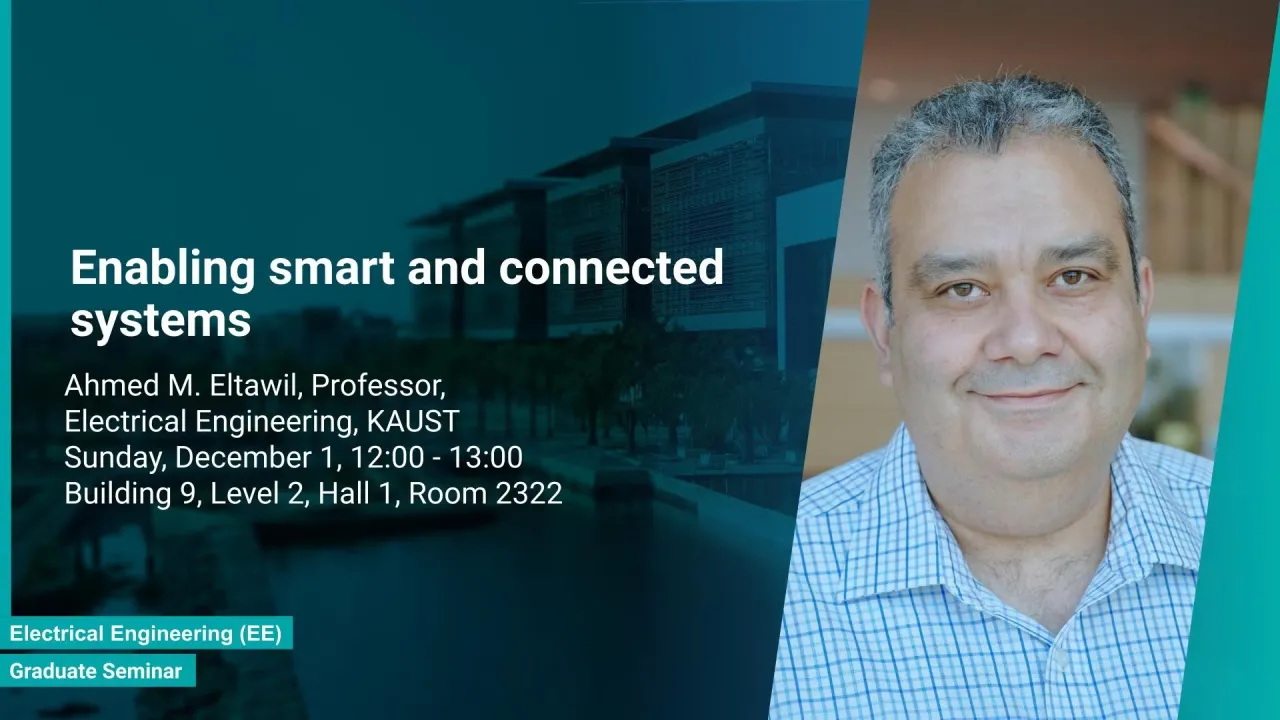
Enabling smart and connected systems
The talk will discuss how recent advances in wireless computing and communication nodes can be harnessed to serve the multitude of deployment scenarios required to empower communities of the future with smart and connected systems. In this talk, we address fundamental questions that should be asked when contemplating future smart and connected systems, namely, How, Where and What? (1) How can we design computing and communication nodes that best utilize resources in a way that is cognizant of both the abilities of the platform, as well as the requirements of the network? (2) Where are the nodes deployed? By understanding the context of deployment, one can architect unique solutions that are currently unimaginable. With the transformation to diverse applications such as body area networking, critical infrastructure monitoring, precision agriculture, autonomous driving, etc., the need for innovative solutions becomes even more amplified. (3) What benefit can be inferred from the data gathered by nodes in the capacity of computing, communication, and sensing?
Overview
Abstract
The overarching motivation of smart and connected systems is to collect, transport and process data that drives decisions on how to best utilize resources, reduce cost and improve personal well-being and safety. With the staggering growth in wirelessly connected systems, there exists a variety of deployment scenarios each having its own demands and requirements, thus artificially complicating the vision of a harmonized wirelessly interconnected ecosystem. In this talk, we address fundamental questions that should be asked when contemplating future smart and connected systems, namely, How, Where and What?
- How can we design computing and communication nodes that best utilize resources in a way that is cognizant of both the abilities of the platform, as well as the requirements of the network?
- Where are the nodes deployed? By understanding the context of deployment, one can architect unique solutions that are currently unimaginable. With the transformation to diverse applications such as body area networking, critical infrastructure monitoring, precision agriculture, autonomous driving, etc., the need for innovative solutions becomes even more amplified.
- What benefit can be inferred from the data gathered by nodes in the capacity of computing, communication, and sensing?
The talk will discuss how recent advances in wireless computing and communication nodes can be harnessed to serve the multitude of deployment scenarios required to empower communities of the future with smart and connected systems.
Brief Biography
Ahmed M. Eltawil is a Professor at King Abdullah University of Science and Technology (KAUST). Professor Eltawil joined KAUST in September 2019. Prior to that, he was with the Electrical Engineering and Computer Science Department at the University of California, Irvine (UCI) since 2005. He is the founder and director of the Mobile Computing and Communication Systems Laboratory (MC2S) at KAUST and the inaugural founder and director of the Wireless Systems and Circuits Laboratory at UCI. His current research interests are in the general area of smart and connected systems with an emphasis on mobile systems. He received a Doctorate degree from the University of California, Los Angeles, in 2003 and the M.Sc. and B.Sc. degrees (with honors) from Cairo University, Giza, Egypt, in 1999 and 1997, respectively. Dr. Eltawil has been on the technical program committees and steering committees for numerous workshops, symposia, and conferences in the areas of low power computing and wireless communication system design. He received several awards, as well as distinguished grants, including the NSF CAREER grant supporting his research in low power computing and communication systems.
